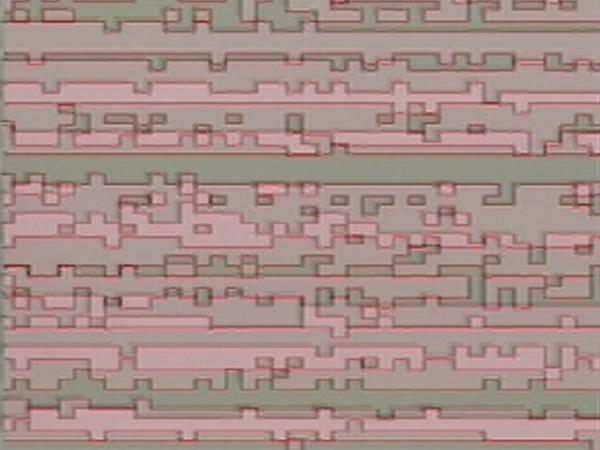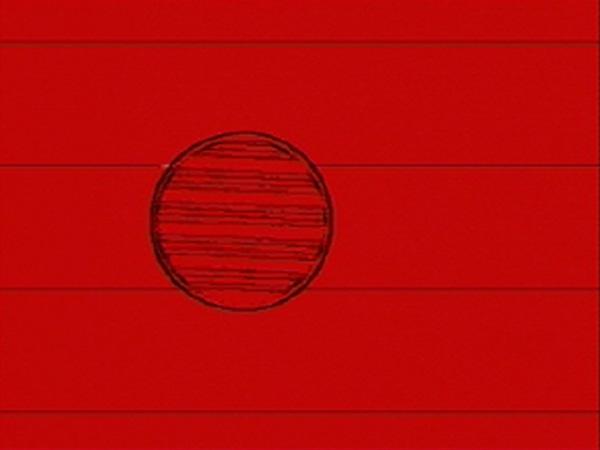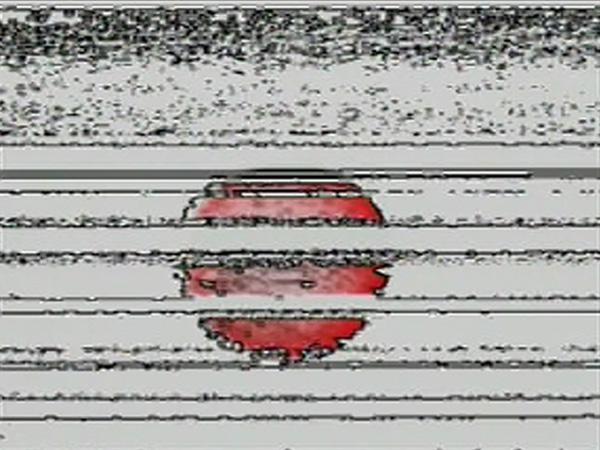blinq
In film and related audiovisual forms according to Michel Chion the relationship between sound and image is primarily vertical, and the former tends to play a secondary role. This same applies, though inversely, to music videos, in which the musical structure sets the rhythm of the editing and all motion in general, regardless of the freedom of the images themselves. blinq questions such audio-visual relationships in a radical way. Billy Roisz had 10 musicians from Austria, Germany and Japan produce short electronic sound files. These fragments, some lasting only a few seconds, were then transformed into visual patterns by means of feedback loops which function as electro-acoustic impulses and then further manipulated. The resulting images, each of which conforms to a clear reduced visual concept, were taken out of synch with their original soundtracks: A black frame is shown with acoustic accompaniment, followed by a silent version of the corresponding visual miniature. At first, the musical structures or elements of what has just been heard are recognizable in the visual patterns, which are at times reminiscent of macro shots of microbiological specimens.
For example, red columns pulse according to tonal frequencies of the preceding musical fragment. This relationship then seems to gradually reverse, with the images producing the succeeding music. In addition to its aesthetic qualities, blinq initiates a successful experiment with the perception of preconceived images and lingering sounds, before and after the fact. (Gerald Weber)
Translation: Steve Wilder



